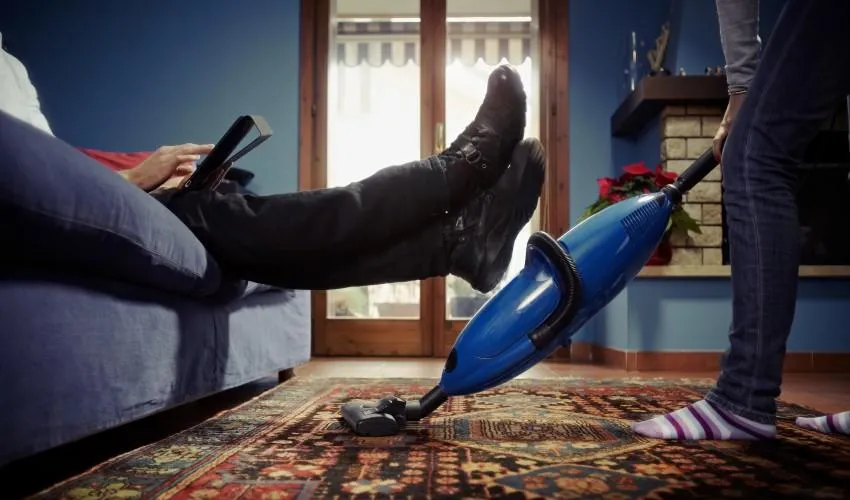
Women and the Children of the Less Educated Are Bearing the Brunt of the COVID Crisis
Economic crises usually have a greater impact on men. In 2008, for example, male-dominated industries such as manufacturing and construction were the worst hit, while women's working hours actually increased. This time is different: women are bearing the brunt of the COVID crisis, according to research on Italy by Paola Profeta, Associate Professor at Bocconi's Department of Political and Social Sciences with Daniela Del Boca, Noemi Oggero and Maria Cristina Rossi.
Social distancing measures have affected industries in which both genders work, but housework activities have disproportionately increased for women, the scholars find in a study for Bocconi COVID Crisis Lab. Furthermore, 76% of those that are using the extra parental leave granted by the Italian government to mitigate the impact of school closures are women. This could compromise their return to work, especially in the age brackets in which work pressures are higher.
Professor Profeta and her co-authors conducted a survey of 800 working women before the emergency (in April and July 2019) and repeated it during the Italian lockdown (in April 2020). They were, thus, able to measure the different impacts on the division of labor between housework and childcare within the household.
The results show that most of the additional housework associated to COVID-19 falls on women while childcare activities are more equally shared within the couple. After the COVID-19 outbreak, 68% of women and 40% of men were spending more time on housework, exacerbating an already unbalanced distribution. In 2019, in fact, 72% of women, as opposed to 26% of men, devoted more than one hour per day to housework. The percentages for childcare are 61% of women and 51% of men spending more time on it.
Working women with children aged 0-5 are those most likely to report excessive domestic responsibilities and the work-life balance is especially difficult to achieve when the partner continues working away from home. A generational issue is also at play: older working women find the domestic work harder than their younger counterparts, even after controlling for the age of the children.
Increased participation by men overtakes that of women only when women continue to go to their usual place of work and their partner does not work. However, even under these circumstances, this is true only for childcare (where 54% of partners spend more time on childcare vs. only 31% of women), and not for housework (58% of partners spend more time on housework and 61% of women).
"The study confirms that the closure of schools risks sharpening educational differences among children due to family background", Prof. Profeta says." Women with a university degree and their partners, in fact, spend significantly more time on their children's education than the rest of the population". Individuals with higher education are more likely to devote more time both to childcare and home schooling.
Daniela Del Boca, Paola Profeta, Noemi Oggero, Maria Cristina Rossi, "Women's Work, Housework and Childcare, Before and During COVID-19", in COVID Economics, issue 28.
Why Women Are Bearing the Brunt of the COVID Crisis
